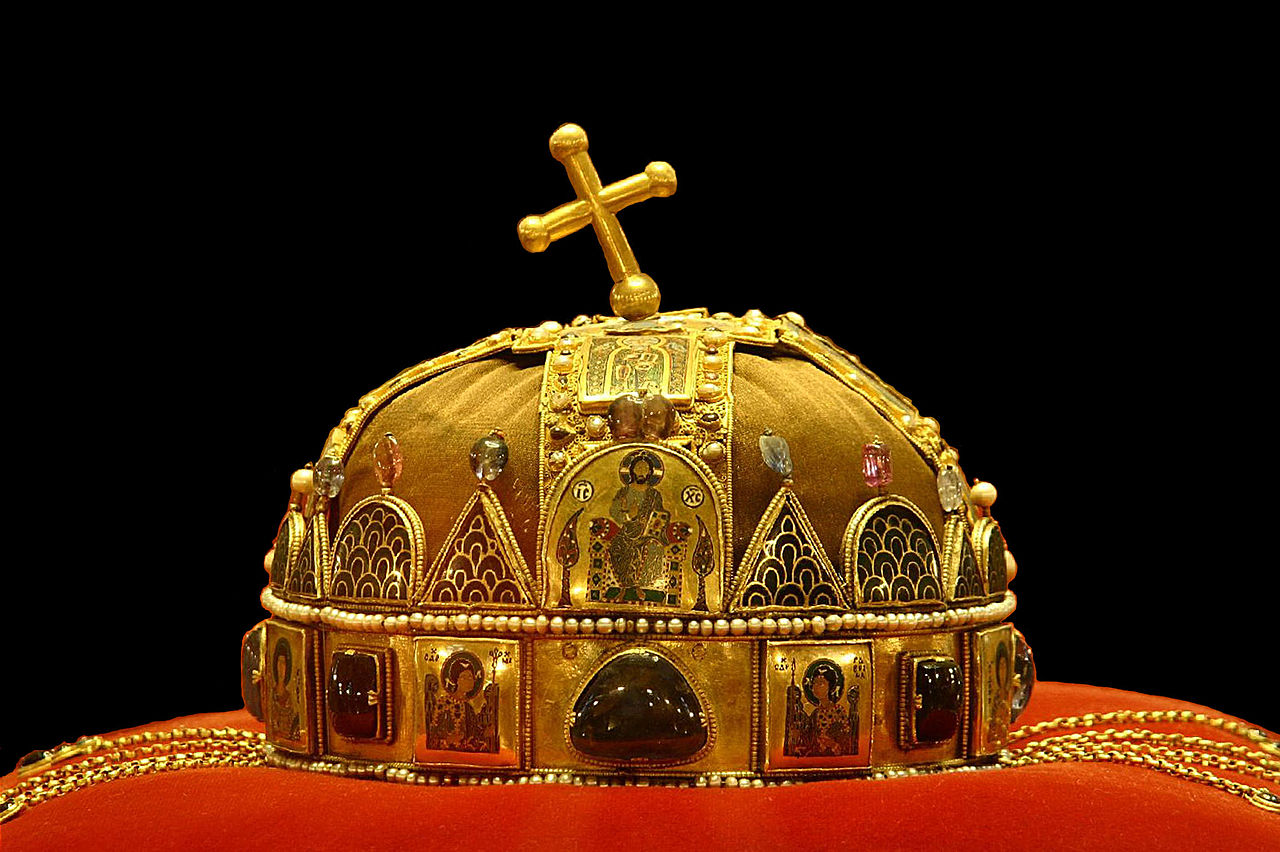As part of the collaboration, a book will be published by the Institute of Hungarian Research.Continue reading

Miklós Kásler, Honorary President and Director General of the Institute for Hungarian Research, reported on the scientific results of the year from March 13, 2023 at a press conference. As he said, the Institute has achieved a great deal of intellectual work in a very short period of time. In total, 104 scientific publications, book excerpts, and books – in Hungarian and English – have been published; 55 scientific publications, book excerpts, and books are awaiting publication, and 49 scientific publications are in progress.
In the last year, the Institute has organized nine scientific conferences, writes Magyar Nemzet.
The Director General stressed that the figures alone are impressive, and that the scientific but also public information, press, round tables, and other activities that have been carried out underline the results achieved so far.
I would like to mention the National Pantheon of the Hungarian Kings, which has created a very nice, almost national, coalition.
The essence of this is that the Basilica of the Assumption of the Blessed Virgin Mary should be restored together with the monastery, which would be worthy of the Hungarian nation, of the memory of St. Stephen and of the Hungarian kings, high priests, and barons of state buried there. It is in this reconstructed basilica in Székesfehérvár (central Hungary) that we intend to give final resting place to our kings who were originally buried there. This is the subject of the work being carried out in the ossuary, the identification of our rulers, which will make it possible to determine the genetic make-up of the skeletons using the method of archaeogenetics, and to approach the individuals through reference persons. We have also started to study the Y-chromosome and mitochondrial DNA, so we are trying to identify the skeletons from two directions and thus get to the individuals. One stage of this, the processing of the samples from Béla of Macsó, is currently proceeding at a fast pace, and next week we will announce the next person, whose daughter’s ancestry goes back to the early Árpád period (9th and 10th centuries),” he noted.
On February 1, 2024, the Hungarian Research Evenings (Magyarságkutató Estek) program was launched, with thematic round table discussions between experts.
So far, the round table discussions have focused on the theme of the doctrine of the Holy Crown, and a series of scientific discussions entitled “In the Footsteps of the Huns” (A Hunok nyomában) has also begun. A round table discussion on the civilizing role of the Hungarian princesses is also planned. A Hungarian and an English-language publication on the subject is in preparation.
Andrea Johanna Balogh, Deputy Director General for Information and Communication, stressed that the content published on the Institute’s social media platforms is of great interest.
Of the 5.7-6.7 million users in Hungary, the Institute’s Facebook page reached nearly 1.5 million registered users last year.
Via Magyar Nemzet; Featured image via Wikipedia